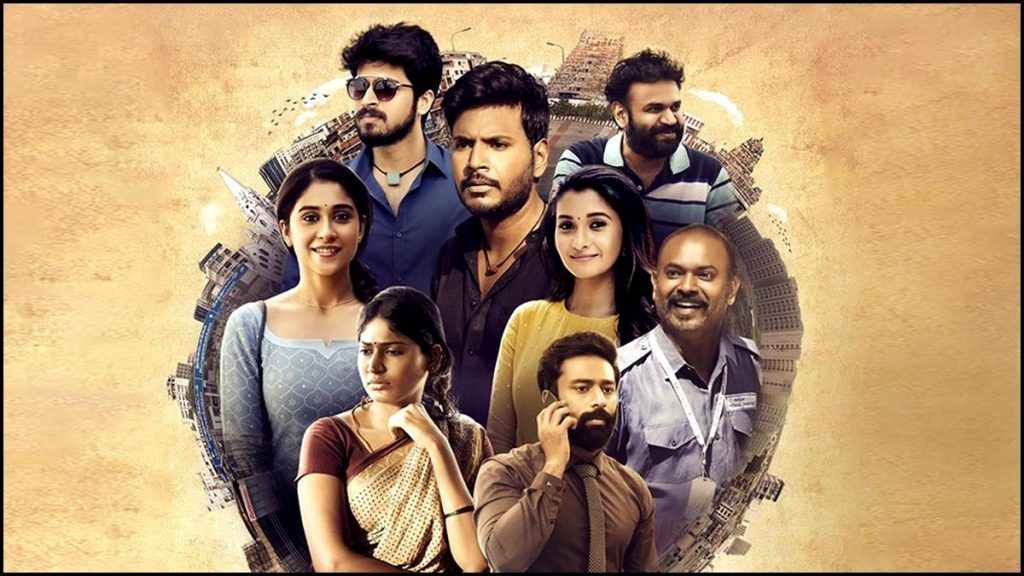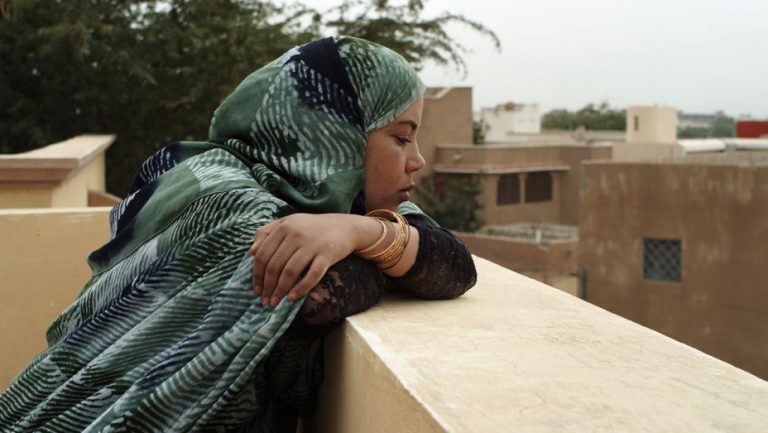Kasada Thapara (2021) SonyLiv Review: Hyperlink narrative is a pretty fanciful way of stating that a movie has multi-linear narratives. All those narratives work as standalone shorts or even features to an extent, if not connected via a common thread, or threads leading from one narrative to another. The trick in a hyperlink film is ultimately wrapping all of these disparate elements into a whole. Depending on the strength of the screenplay, the overall big picture could either cause a sense of catharsis to the viewer or produce a sense of indifference or befuddlement. However, the viewer does feel connected to the journey of a narrative structure, in tying these elements together, almost like a treasure hunt.
Director Chimbudevan’s approach to a hyperlinked narrative in Kasada Thapara (SonyLiv) is solid in terms of effort. However not all of the narratives land. The first romantic short suffers from extremely poor special effects, and some bad casting choices. The bad casting choice is a trend that follows throughout the movie structure, but the directorial choice to switch between different genres in each narrative is an admirable attempt. What is also admirable is the choice of differentiation of cinematography in two shorts.
Related to Kasada Thapara: Boomika (2021) Netflix Review
The second short, following a local gangster, and connecting both the previous short as well as the final short of the film, is shot in a resolution that could only remind you of those small CRT televisions, in a sepia palette. Definitely hearkening to moviemaking of a bygone era, at least in terms of tone, this differing visual aesthetic is a bit jarring, both transitioning into this short while transitioning out of it as well.
On the other hand, the penultimate short which follows the life of a single mother and her kid in a small fishing colony and the struggles she goes through in procuring basic health care when trouble befalls her son follows the same cinematography, if not the same palette. In this case the cinematography and the aesthetic works in showcasing how insular the lady’s life is, and as she is going through the wider world and its cruelty, there is a feeling of claustrophobia and dread in every frame. It also helps that this short is the most well-acted of the lot, such that we can buy into the plight of the mother and her son, even though the story devolves into soap-operatic melodrama at times.
Chimbudevan also tries to highlight the existing caste system as well as a class divide in some of these shorts. And while he is not very subtle about it, as characters literally spell it out for the audience, the effort is still appreciated. With the existence of such genres as environmental thriller, as well as bureaucratic and police corruption, all these genres of shorts would work well in a vacuum. The problem is the existence of said hyperlink narrative hamstrings the screenplay in connecting all of these threads, in some cases even forcefully.
Also Read: 10 Great Tamil Movies on Netflix
All these elements taken into account, it’s the 4th short, which follows a cunning fixer-upper trying to get to a better position in his life, which works the best. Even though its resolution is cheesy, its fast pace, editing, the cinematography looks familiar to hundreds of such features featuring conmen or robbers, but it injects this movie with a breath of fresh air, which helps the movie to coast through the 5th short which is the environmental thriller, with the movie finally ending in the 6th and final short, wrapping up the final narrative in a sloppy but happy ending.
Kasada Thapara (SonyLiv) is a movie that looks strained against a limited budget; ambitious in its undertaking of a hyperlinked narrative but undermined by its mostly poor casting and even storytelling choices. While there are some good moments here, and the basic premise after the 3rd short ensures that the story remains mostly engaging, this is a movie that feels half-baked, stuck at the first or second draft. It either needed a complete screenplay overhaul or should have passed through at least a third or fourth draft before going into production. Because the existence of both the 4th as well as the 5th short showed signs of promise and untapped potential.







![Jack Be Nimble [2022] Review: A Poorly Scripted Thriller; Even Poorer in Execution](https://79468c92.delivery.rocketcdn.me/wp-content/uploads/2022/02/Jack-Be-Nimble-768x538.jpg)

![Dunkirk [2017]: Nolan Transports You Into a Catastrophic War and Brings You Home](https://79468c92.delivery.rocketcdn.me/wp-content/uploads/2017/07/dunkirk_1-1024x640-e1500542266180-768x385.jpg)
